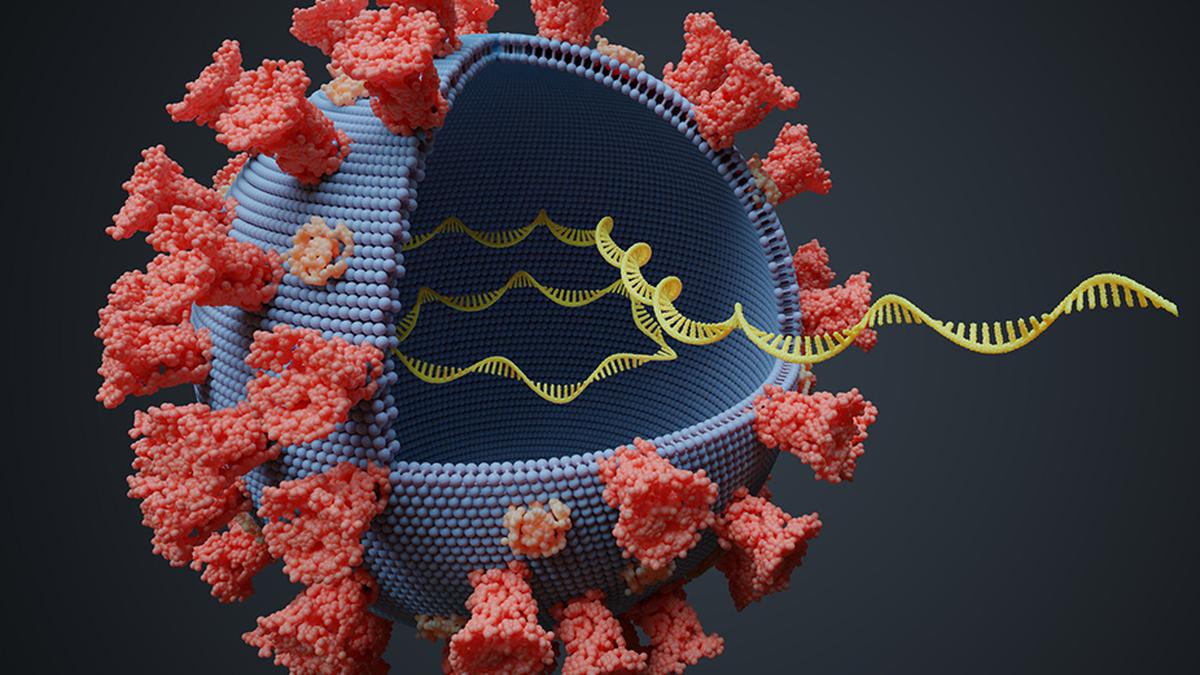
Nobel Prize for microRNA find underscores RNA’s primacy in biology Premium
The Hindu
Discover the groundbreaking research on microRNA by Nobel Prize winners Ambros and Ruvkun, revolutionizing gene regulation and medicine.
In 1993, two post-doctoral researchers named Victor Ambros and Gary Ruvkun independently published back-to-back papers in the December 3 issue of the journal Cell. In their papers, they described how the roundworm Caenorhabditis elegans uses a small RNA molecule to control the production of a protein.
While the work was certainly novel, it did not receive much attention at the time because other scientists thought the phenomenon was unique to worms and of no practical relevance to understanding its role in other life-forms, including humans.
It was not until seven years later that Ruvkun found a similar mechanism existed in nearly all of the animal kingdom. The paper created waves in the scientific community since it represented a whole new paradigm in molecular biology, with potentially far-reaching implications on human health and disease.
Last week, Ambros and Ruvkun were awarded the Nobel Prize in Physiology or Medicine for their discovery of microRNA and the latter’s role in gene regulation, a process universal to all cells.
Every cell in an organism contains a copy of its DNA, the blueprint for how to build and maintain that organism. The building and maintenance activities are achieved by molecules called proteins; the DNA contains instructions on how cells can make these proteins.
Every protein has a specific function. For instance, haemoglobin is responsible for carrying oxygen from the air we breathe to the cells in the body. Each set of instructions to make a given protein from the organism’s total DNA is called a gene.
The DNA of humans has between 19,000 and 20,000 genes. While all cells in the body contain all these genes, and thus the information on how to make all the proteins, no cell makes all 20,000 proteins. Gene expression — the process of reading the information in a gene to make a protein — is specific to cell types. A given cell will only make those proteins it needs for its function. Thus the red blood cells make haemoglobin but not the cells that make up the stomach.

Thomas Jefferson and Abraham Lincoln are two of the greatest presidents that the U.S. has seen. You probably know that already. But did you know that Jefferson made what is considered the first contribution to American vertebrate paleontology? Or that Lincoln is the only U.S. president to receive a patent? What’s more, both their contributions have March 10 in common… 52 years apart. A.S.Ganesh hands you the details…












